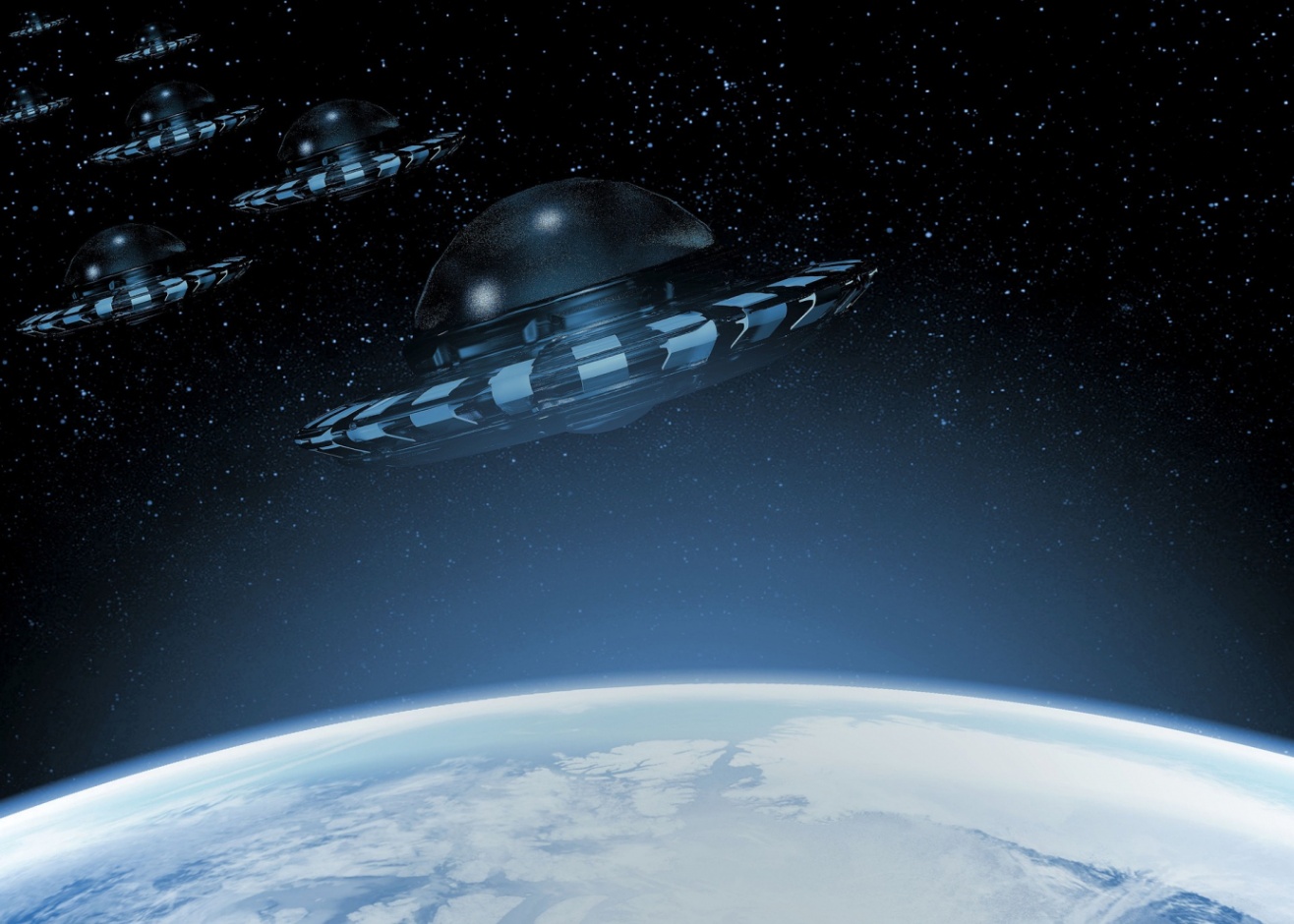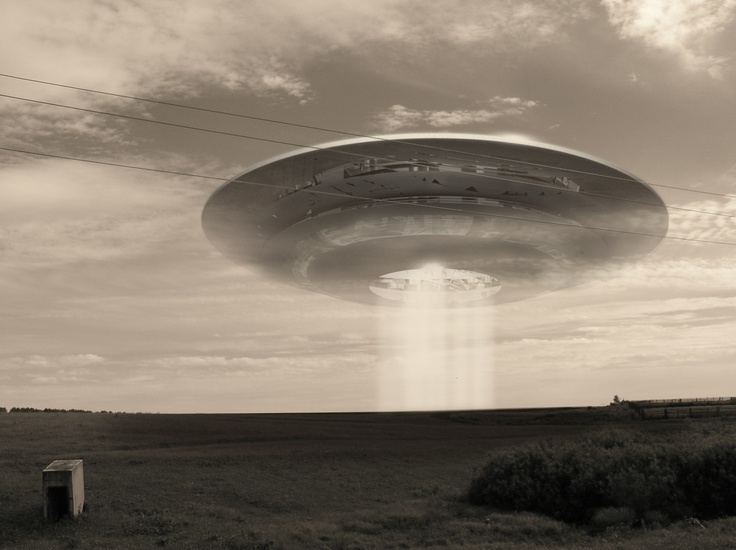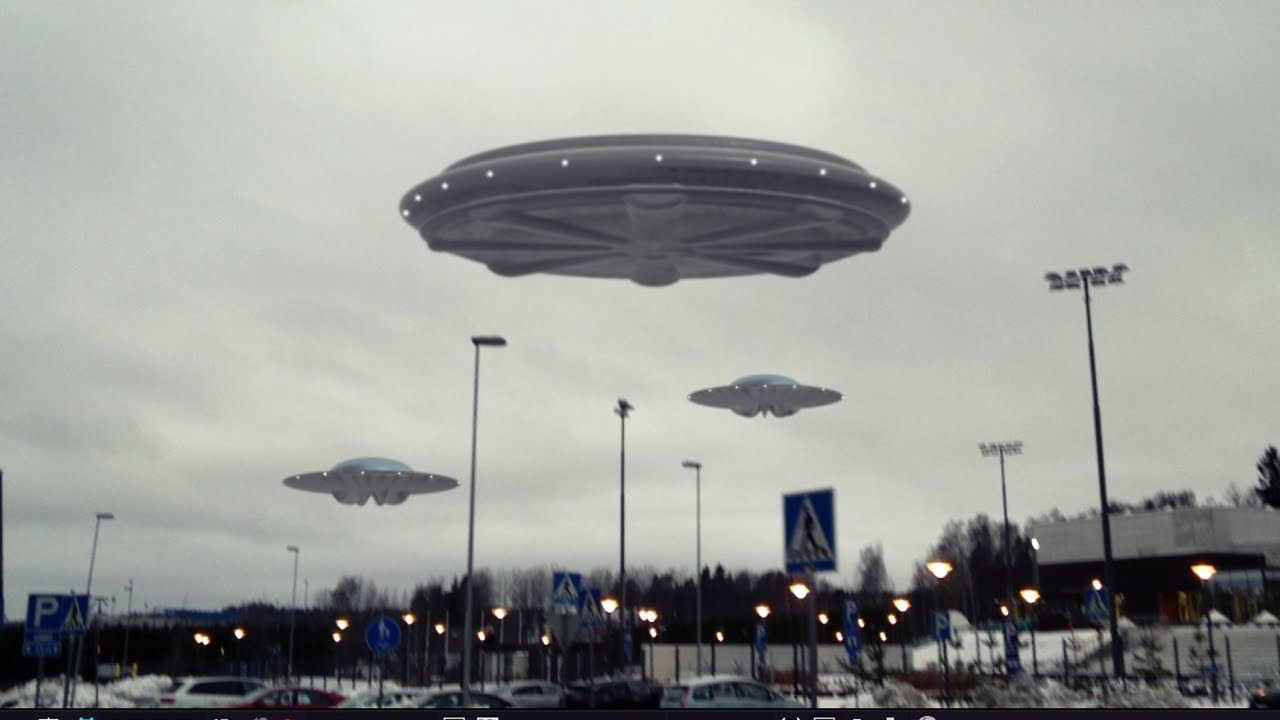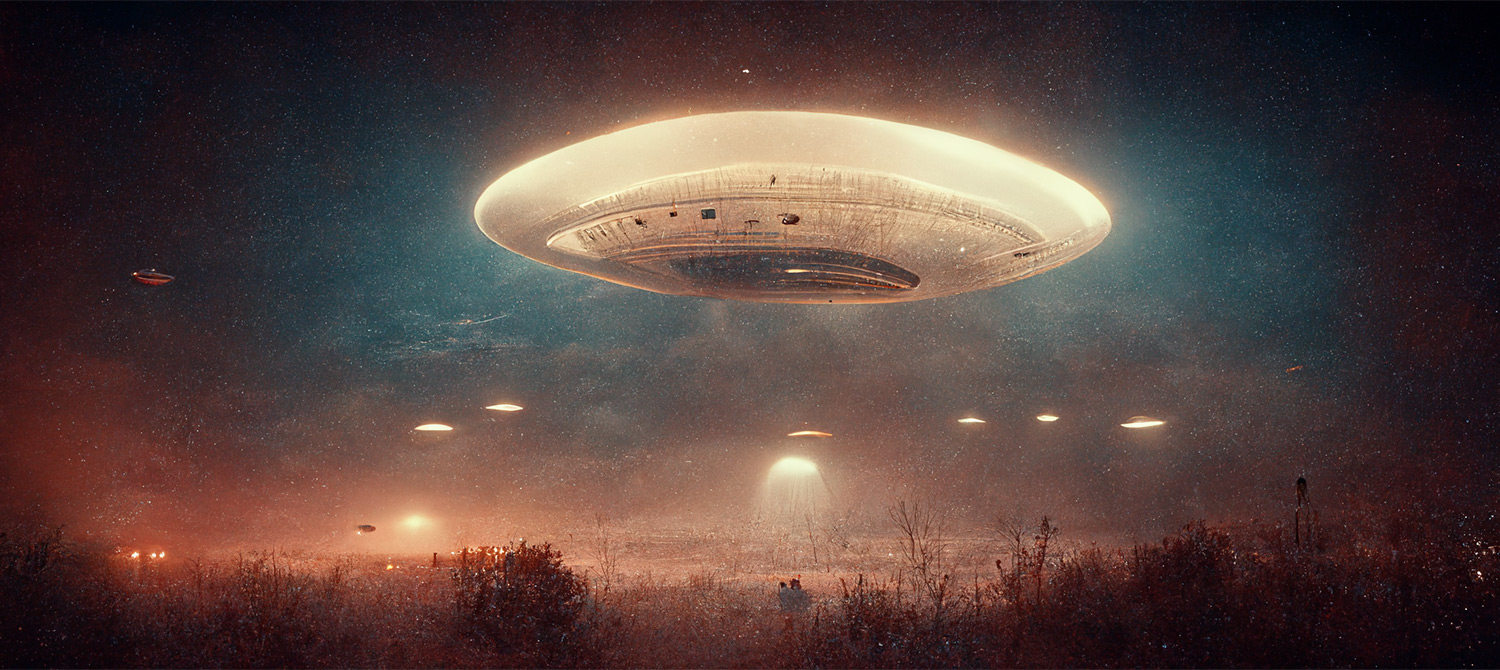Many years ago, a very strange object, elongated and shiny, flew quickly through space, tens of millions of miles from Earth. Its orbit and speed suggest it came from a system belonging to another host star.

A study by Harvard astronomers suggests that there may be up to 4 billion alien spacecraft flying in and around the solar system. (Photo by me: Pixabay)
Astronomers named the object ‘Oumuamua – which means “scout” in Hawaiian – and began to divide and argue about it.
On one side, most scientists don’t know what ‘Oumuamua is, but they’re also unwilling to speculate on what it might be.
On the other side, a much smaller group led by Harvard astronomer Avi Loeb, argues that we should at least consider the possibility that ‘Oumuamua is an alien spacecraft.
Now, with the above logic, Loeb continues to ask another question: How many ‘Oumuamuas can there be in and around the Solar system?

And in a yet-to-be-peer-reviewed study published on September 22, Loeb and co-author Carson Ezell, also a Harvard astronomer, concluded that there could be as many as 4,000,000,000,000,000,000 (or 4 billion billion) such objects. Each of those objects comes from another star system and could have been created artificially.
The above mentioned number seems like a lot. But the solar system is very large. And the space between our star system and its nearest neighbor, Proxima Centauri, is even larger. In fact, finding any of those 4 trillion mysterious objects to study more closely can be very, very difficult.
It should be noted that Loeb does not claim that there are trillions of alien spacecraft tracking around a region of space in the Milky Way system. After all, he never said that ‘Oumuamua was definitely an autonomous or crewed probe, only that we should be open to the possibility.

So what Loeb and Ezell offer is not a general calculation about aliens, but rather it is about alien probes or other unnatural objects. These could be leftover parts from alien spacecraft, fragments that use technology beyond our understanding.
The math is simple, Loeb and Ezell write: “We can use the recent discovery rate of interstellar objects and known probabilities to estimate the density of similar objects in the vicinity of the Sun”.
They started with all the objects that astronomers had discovered from outside the solar system. In other words, these are objects that are likely to come from an alien civilization that is beyond the view of our probes and telescopes.
There are four known interstellar objects including the meteorites ‘Oumuamua, CNEOS 2014-01-08 and CNEOS 2017-03-09, along with comet Borisov.

That’s four interstellar visitors that scientists found in eight years. Loeb and Ezell have only calculated based on the number of galaxies we can observe – which is not many – to come up with an estimate of how many objects like ‘Oumuamua might be out there, having come from one star system vicinity.
They gave two estimates. One for all interstellar objects, including those moving randomly around and through the Solar System, and beyond the range of our instruments. That’s a staggering 40,000,000,000,000,000,000,000,000,000,000,000 (or 40 decillion).
The second, lower number of 4 trillion objects appears to be pointing toward the “habitable zone” of the solar system, where Earth is located and where astronomers have a good chance of spotting a transiting object. via.
This lower number is interesting not only because the objects in that estimate are easier to detect, but they are also more likely to be extraterrestrial artifacts. Since they ultimately appear to be pointing in our direction, they may be objects with a purpose.
But Loeb does not propose all 4 billion objects are identical to ‘Oumuamua, an object remarkable not only for its origin but also for its size. It’s big enough to be a very large, crewed spacecraft. Typically, most interstellar objects in the habitable zone around the Sun are very small, less than a meter in size. Loeb explains that there can only be a million objects the size of ‘Oumuamua.

That is, there are still plenty of potential ‘Oumuamuas out there, somewhere in the habitable zone of the solar system. Each object could be an alien spacecraft.
But actually identifying these objects, let alone examining them thoroughly, is extremely difficult. Therefore, according to Edward Schwieterman, an astrobiologist at the University of California, Riverside, a close encounter with a passing alien spacecraft is the least likely of the ways we would first contact with aliens.
“In my view, we are more likely to detect life originating outside the solar system through remote observations than through physical encounters,” Schwieterman told The Daily Beast.
We got lucky with ‘Oumuamua. It’s really big, it’s really shiny, and it flies about 21 million miles from Earth.
But the Solar System is more than 9 billion miles across, and Proxima Centauri is another 20 trillion miles away. Because most interstellar objects are small and far away, they will be much harder to detect than ‘Oumuamua. “It’s very difficult to see space debris from very far away,” Seth Shostak, an astronomer with the California-based SETI Institute, told The Daily Beast.
However, humanity’s ability to explore space is getting better. New telescopes, including NASA’s James Webb Space Telescope, help us peer further into the darkness of outer star systems, search for ever-smaller objects, and discern those that belong in the system. The Sun and its interstellar visitors.
Loeb also noted the Vera C. Rubin Observatory with its 3.2 billion-pixel camera under construction in Chile. The observatory is said to begin operations in 2023 and will help survey the entire southern sky every four days. “A high-resolution image can reveal the bolts and screws on the surface of a man-made object and distinguish it from a nitrogen iceberg, a hydrogen iceberg or a small pile of dust,” Loeb said.
‘Oumuamua was a missed opportunity. While Loeb was open to the idea of it being an alien probe, most astronomers were not. If we can take a closer look at the next ‘Oumuamua, perhaps many scientists will think that it could be an alien artifact. And in theory, we have 4 trillion opportunities.